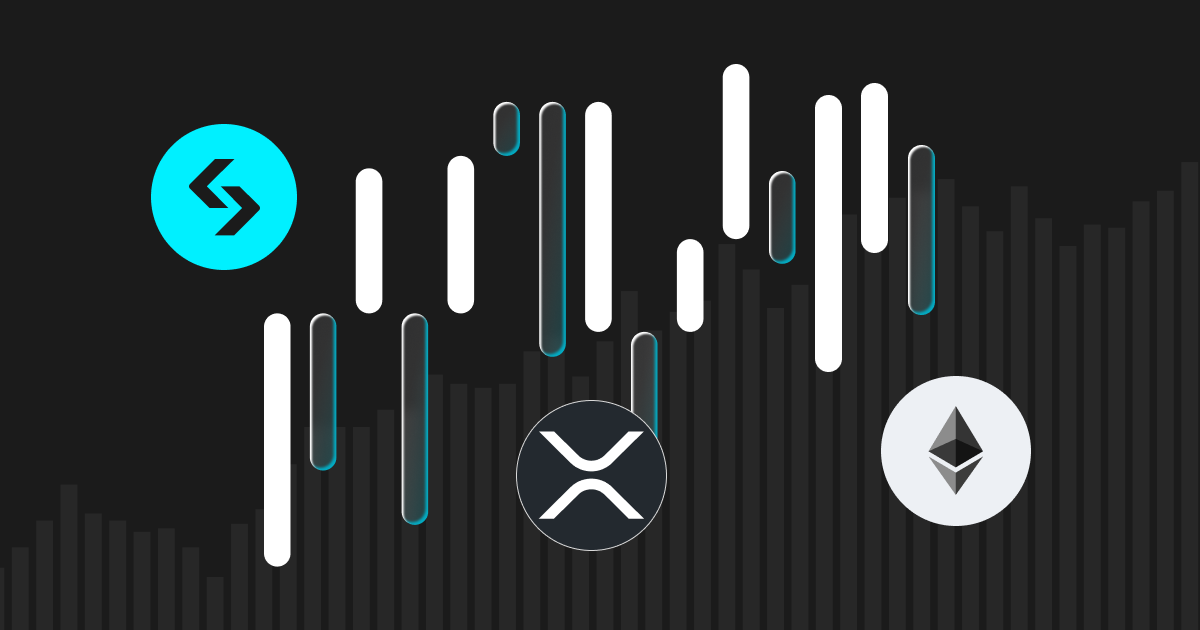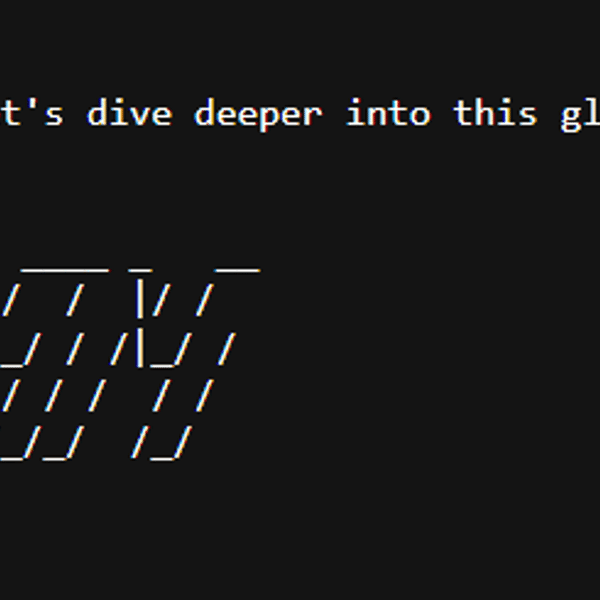How AI Trading Agents Are Redefining The Future Of Crypto Markets
Let’s get one thing out of the way: this is not 2017 crypto anymore. Gone are the days when trading was a chaotic free-for-all, ruled by whoever could stare at charts the longest or spot a breakout first on some obscure Telegram channel. Markets have grown up; so have the players, and so have the stakes.
The speed race is over. The arms race is over. The winners aren’t just those who move fastest, but those who know what matters before anyone else does.
That’s the pivot point: the edge has shifted from pure muscle to raw intelligence. The new apex predator isn’t some sleep-deprived chart-watcher, but the agent that never blinks, never forgets, and sees through the noise in real time. We are entering the era of AI trading agents, and no, this isn’t just another “bot”. AI trading agents are something fundamentally different, and anyone not paying attention is already behind.
Why The Old Playbook Is Finished
Think about how trading actually works so far. One minute you’re watching price action, the next you’re diving into on-chain flows, then back to sentiment, then some whale wallet just moved and the entire story changes again.
Human bandwidth? Sorry, not enough. Manual analysis? Charming, but quaint, and easily as well as completely outgunned by the deluge of market signals and machine-driven reactions happening every second.
The “lone genius trader” myth is cracking. Even teams of analysts and developers, with all their dashboards, are struggling to keep up with the multi-layered, real-time complexity of these markets. In other words, the playbook that worked in the last cycle is crumbling in this one as in: who can best collaborate with machines?
What Makes AI Trading Agents Different from Crypto Trading Bots?
Let’s get one thing straight: automation changed the game, and bots were the first big leap. They are unblinking, lightning-fast, great at grinding out set strategies and catching what humans miss. Want a grid, a momentum play, or an arbitrage cycle? There’s a bot for that. And on Bitget, automation is sharper than ever; each and every bot is ready-made, reliable, and ruthless at doing exactly what you tell it.
But most people still think in binaries: human versus bot or manual versus automated, and that’s where they get stuck. Because AI agents are the new layer above automated bot trading.
AI agents are here to make both you and your bots smarter instead of replacing either. A bot follows rules. An agent rewrites them in real time, based on everything that is actually happening, from the charts, your portfolio, your risk, the market’s mood, and a hundred other signals, without you micromanaging. You just say what you want, for example: “Lower my risk next month”, “Catch me the next memecoin rotation”, or “Flag any concentration in my portfolio”, and the agent pivots, recalibrates, and even gives you the heads-up before you run blind into trouble.
What does that mean for the future? Simple: bots handle execution, the agent handles orchestration. Now every single trader can run with an AI-powered edge. And the best part is that there’s no learning curve wall. Bots and agents together, side by side, for anyone who wants in.
How to Use Bitget GetAgent: Real-World Examples
Forget theory, this is how Bitget GetAgent actually responds when you fire off the simplest, sharpest command: “How’s the market today? Any signals I should know about?”
Source: Bitget Academy
Most so-called AI bots would give you a half-baked headline, a lagging indicator, or a single asset’s trend. First of all, you can see the reasoning process of Bitget GetAgent, meaning its chain of thought and the corresponding actions it took to provide you the answer you need.
Source: Bitget Academy
In the answer, Bitget GetAgent breaks down the market like a top-tier analyst. Except that it’s faster, broader, and hyper-relevant:
● Sentiment Analysis: Tracks where the crowd is (fear/greed/FOMO/caution). Real-time pulse, not yesterday’s news.
● Cross-Asset Deep Dive: Pulls live data on BTC, ETH, SOL, DOGE, PEPE, whatever is moving today. Hard numbers and the actual trends.
● Technical Analysis: Not just “up or down”, but moving averages, RSI, MACD, breakouts, and consolidation zones across every major coin you hold or watch. Specific entry ranges, resistance, support, and actionable setups.
● Leaderboard & Trends: Scans what’s leading, e.g., top performers, volume leaders, even meme coins, and political tokens. No niche is left behind.
● Critical Signals: Boils it all down to what actually matters for a big picture perspective.
○ ETH leadership? Altcoin season might be here.
○ Broad-based rally? It’s not just one coin pumping, the whole market is moving.
○ Volume confirmation? No rally without real money.
○ Where’s the sentiment? Greed, but not euphoric, hence still safe to ride.
● Trading Strategy: Real, executable calls of “long ETH,” together with entry, target, stop loss, and why.
● Secondary Opportunities: If BGB or SOL is heating up, you get that heads up, too.
● Market Outlook & Catalysts: “Watch ETH above $3,200. BTC’s next move is key. Look for alt rotation.” You see what a pro sees.
Bitget GetAgent explains why the signal matters, not just what the signal is. You won’t ever have to switch tabs, hunt for alpha on X, or wait for some Telegram admin to update again.
This is what it actually means to collaborate with an AI agent. You get context, rationale, next moves, and, if you want, one-tap execution to act on it. See Bitget GetAgent as your personal AI assistant that is, quite literally, working with you as the new standard for what “trading intelligence” looks like.
What Bitget GetAgent Actually Means for the Market
Let’s get specific here. Bitget’s GetAgent is the first real build of this new age of AI agents. It is engineered from the ground up as a native AI trading agent built for crypto’s wild volatility and endless nuance. Expect:
● Real-time intelligence, not historical summaries.
● Data isn’t just dumped in your lap. It’s distilled, prioritised, and served when it matters.
● Tailored analysis for your portfolio, your preferences, your trades, your risk—down to the last decimal.
For the first time, retail and institutional participants have access to the same grade of intelligence. Bitget GetAgent shrinks that advantage of big, expensive subscriptions and gated analytics to zero. You now have access to information, execution, and professional-grade insight in a single conversational interface.
Don’t forget, too, that when one player levels up, the whole ecosystem shifts. Bitget GetAgent is not only an upgrade for Bitget users but also a warning shot to the rest of the industry.
You will definitely see an arms race in agent-driven trading, smarter interfaces, and new “baseline” user experiences across every exchange and trading platform. Tools are about to get a lot more democratic, and users are the direct beneficiary of this new norm.
What’s Next?
Here’s the uncomfortable truth: the market is still a jungle. But the food chain is changing. The new apex predators are traders who harness intelligent agents, work with them, and thus are the ones to own the next era.
With Bitget GetAgent, from now on, every serious trader is backed by an agent that sees, learns, and acts at a scale no solo human ever could. Will you work with the agent, or keep trading against the future? For you visionaries, the possibilities are just getting started.
Related articles:
Bitget GetAgent User Guide
Bitget GetAgent - From Information Overload To Effortless Execution
Academia de Bitget2025-07-21 03:56




























































































































![BitTorrent [New]](https://img.bgstatic.com/multiLang/coinPriceLogo/c87b5c29752b2123cca40f4dd2c6b6501710522527061.png)


















